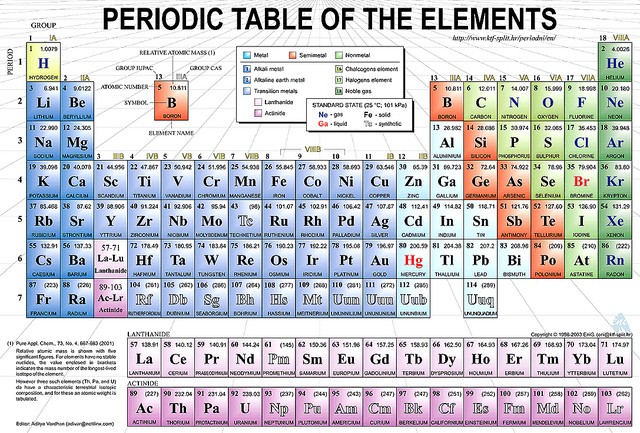
What are some properties of artificially made isotopes?

Cold fusion reactions have been successful in producing elements 104-112 and hot fusion reactions have recently provided evidence for elements 113-116 and 118.ħ. Because of the neutron-richness of this isotope of element 114, it never subsequently decays to any known isotope, and thus its identification is more problematic. An example of this type of reaction is 48Ca + 244Pu → 288114 + 4n with a cross-section of ~1 pb. Hot fusion reactions use more asymmetric beam and target nuclei, produce a compound nucleus with generally higher excitation energy that typically requires evaporation of three to five neutrons, generate more neutron-rich isotopes of an element, have lower survival probabilities with respect to fission, but have higher fusion probabilities. An example of this type of reaction is 70Zn + 208Pb → 277112 + 1n with a cross-section of ~1 picobarn.īecause the 112 isotope ultimately decays by a emission to known nuclei, identification of this element is straightforward. This generates fewer neutron-rich isotopes of an element that have higher survival probabilities with respect to fission, but have lower fusion probabilities. Cold fusion reactions use beam and target nuclei that are closer to each other in mass in order to produce a compound nucleus (the complete fusion of one target nucleus with one beam nucleus) with generally lower excitation energy that typically requires evaporation of one or no neutrons. The types of nuclear reactions that have been successfully used to produce new elements in the last decade are cold fusion reactions and hot fusion reactions.

These techniques each have advantages and disadvantages making them suitable for studying nuclei in certain regions. Some of these include heavy ion transfer reactions, cold or hot fusion evaporation reactions, neutron capture reactions, light-ion charged particle induced reactions, and even nuclear explosions. Several experimental techniques have been used to make new chemical elements. A very different gold isotope,, has a half-life of 5 ms and decays by alpha-decay. For example,, an isotope with one more neutron (119) that the stable isotope, has a half-life of 2.7 days and decays by beta-decay. Each isotope has its own decay characteristics and half-life. However, more than 30 isotopes of gold are known. Thus, there are 197 – 79 = 118 neutrons in this isotope. It has an atomic number of 79 (meaning 79 protons in the nucleus) and a mass number of 197, or the total number of neutrons and protons in the nucleus. Gold, for example, has one stable isotope often denoted as. An isotope contains varying numbers of neutrons in the nucleus. Elements, however, have more than one isotope. For example, the two new superheavy elements 113 and 115 have 113 and 115 protons, respectively, in their nuclei.Įlements are defined by their atomic numbers or number of protons in the nucleus. Each element has a unique atomic number and is known by that number until it receives an official name. The atomic number refers to the number of protons in an elements nucleus. Like some of the heavy elements, superheavy elements are produced artificially in cyclotron experiments. The first superheavy element is element 113, which has been recently discovered by a collaboration of scientists from the Lawrence Livermore National Laboratory and the Joint Institute of Nuclear Research in Russia. We use the term term SHE to refer to those elements with an atomic number greater than or equal to 112. The definition of superheavy elements (SHE) varies among different groups of people. Some heavy elements are produced in reactors, and some are produced artificially in cyclotron experiments. The first heavy element is neptunium (Np), which has an atomic number of 93. What special equipment is needed to discover superheavy elements?Ī heavy element is an element with an atomic number greater than 92.

Why are the superheavy-element experiments conducted in Russia? How long did it take to discover elements 113 and 115?

Why is discovering new superheavy elements important? What are some properties of artificially made elements?


 0 kommentar(er)
0 kommentar(er)
